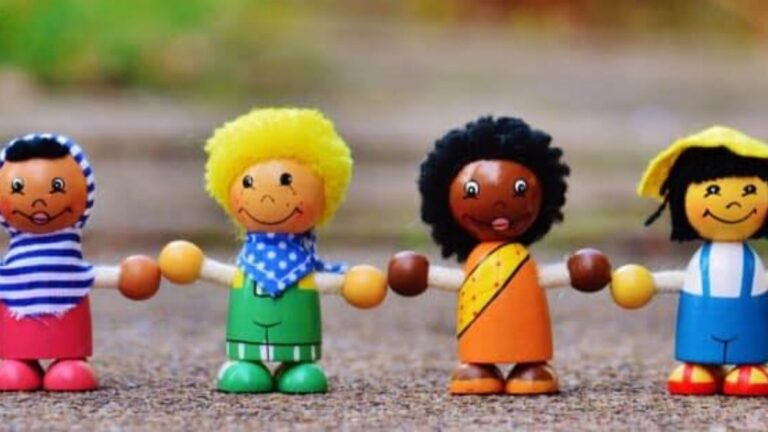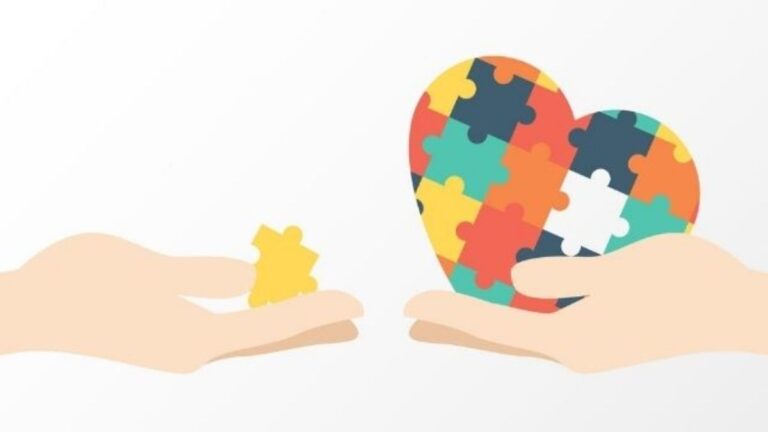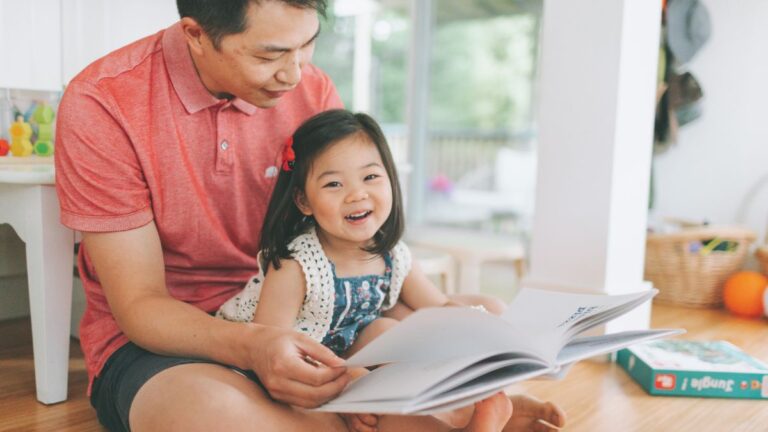Raising Readers: Your child’s first step into reading
I’ve been wanting to write about raising readers for quite a while now. My husband and I had been thinking about teaching my four-year-old how to read. We really wanted to instill the love of reading in him and even pondered over sending him to one of those places that teach children reading but never got around to it. This summer I decided to try and teach him myself. And very surprisingly, what I thought would be extremely difficult turned out much easier than I thought! Read on to know how I braved my son’s first step into reading.
I’m going to share exactly what I did. But before that let me tell you what he already knew. He knew his letters both lower case and upper case and he knew his phonics.
Raising Readers: Phonics for reading
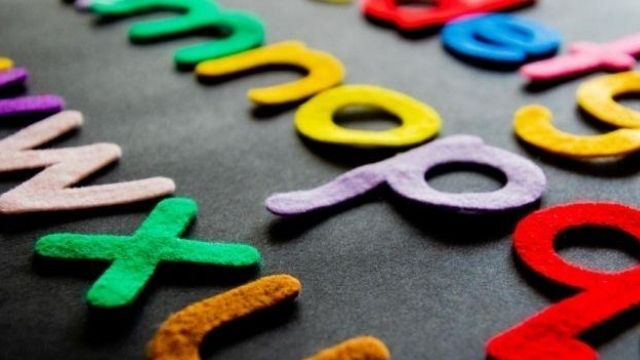
Assuming your child already knows his letters (that should definitely be the first step into reading!) you have to first teach phonics. There are two different approaches to this: the first one is where, for instance, the ‘s’ is SUH and the one being used nowadays is ‘s’ is SSS like the last sound in the word HISS. Teach the short sound like in the second approach for all the letters to your child and keep repeating till he gets the hang of it. This approach makes it easier to understand how letters merge to form words. Otherwise, children find it hard to understand how buh-eh-duh is bed and not buhehduh.
Use flashcards
Children just understand better with little separate flashcards. You can make them very easily yourself! Just make sure they aren’t very easy to tear because these cards will get mishandled. Use flashcards for teaching phonics and even with words!
Blending three-letter words: The actual first step into reading
The next step into reading is three-letter words. You have to teach your child how to blend phonics into a word. I assume people start with two letters first, I’m not sure. We just started with three-letter words right away and it worked out perfectly. We started off with ‘a’ words. So c-a-t is cat and h-a-t is hat. After doing all the ‘a’ words we started making funny words that weren’t really words. Like lat and nat. For words like CAR I made him say it first with the ‘a’ sound and then we decided it should be CAHR because the ‘a’ sound didn’t sound right. We giggled about it. Children are so much smarter than we give them credit for. After this, we did all the other vowels and we were done with the three-letter words.
Sight words
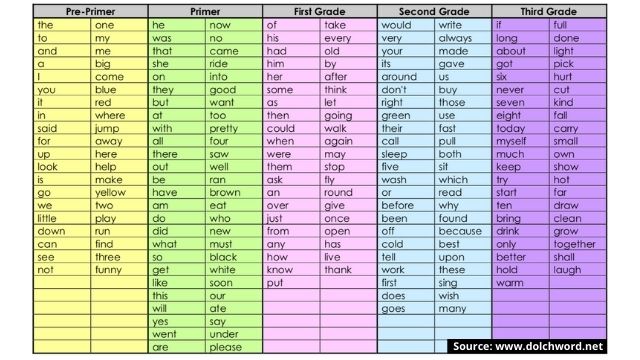
I came across the concept of sight words on a homeschooling group on Facebook that I joined called The Homeschooling Mums so a lot of credit goes to them. This I where I found out that there is a thing called sight words and it changed my entire outlook. Here I was wondering how I would teach him to pronounce words like “little” and racking my brain for ideas and here was this list that simply said teach them this is how this is said. No phonics. No trying to make out what the word is. Just remember this is how it’s said!
Honestly, I think sight words can be done before they start three-letter words. If I could do it again I would. The reason I’m saying this is that kids start trying to make out what the word says instead of just accepting that this is what it is that’s it! This means they start trying to pronounce little and end up with LITLEH. To save yourself from this horror story, do the sight words first. If you still don’t understand how to use sight words to help your child read, that’s okay. Breathe. There are several sight words lists available on the internet. Use any that you feel comfortable with. I used dolce sight words. Truth be told I haven’t finished them yet we are still doing them along with reading. Obviously reading is fun and a lot more interesting than words you have to remember.
Raising Readers: Starting a pre-reading series
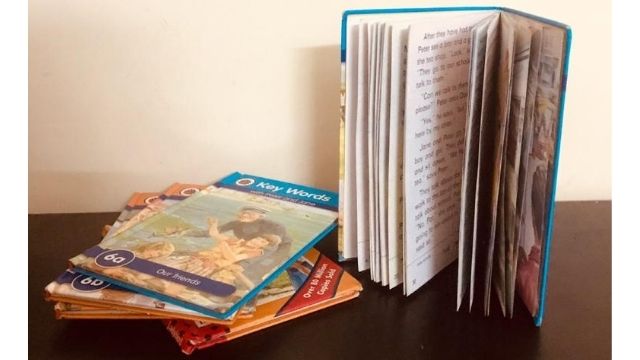
You can pick up any series like ORT or Peter and Jane. We used Peter and Jane and we started off with Level 1. Chances are 1a and 1b will be super easy for your child once he understands the concept of merging phonics to pronounce words and also knows some sight words. New words keep coming in Peter and Jane and you can do the new words first with your child in order to help him enjoy the book more. I would suggest you make your child re-read the books once he is done. And then please read it out to him yourself also. This teaches them expressions. Also, tell them little reading tips like quotation marks are for when someone’s saying something. And question marks are for when someone is asking something.
Frankly, Peter and Jane is quite boring and doesn’t really have a storyline so my son doesn’t really “enjoy” it. The only consolation is that when he’s done with these books he will be able to read his other stories! We only plan to read this series till level 6 and we are currently on level 5. After this, we will move on to other children’s books with a storyline that’s more engaging.
Raising Readers: Reading Milestones
If your child initially is reading only word by word, it’s okay! As you keep reading to him, he will learn to read in sentences. Watching him progress and achieve little reading milestones is literally the most amazing feeling in the world. Some people find it easier to have specific reading days in the week and specify a reading chair. We, however, take a little time, again and again, every day and we keep it short so that it doesn’t frustrate him. And of course, we understand that it will be some time before he learns to read by himself and go and get comfortable in a little corner with a book.
I hope this blog helps you and your child take the first step into reading and that you have loads of fun and end up feeling like you have conquered something just like I did.
Here’s something to simplify the process for you
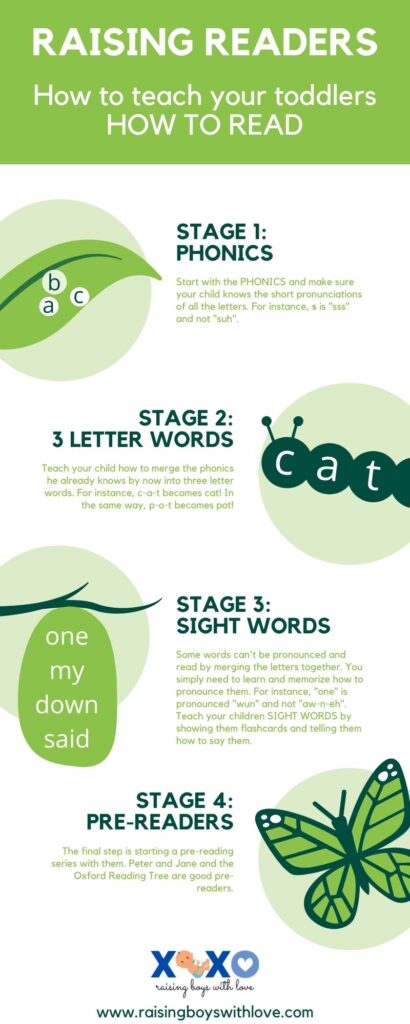
Also Read: LeapFrog LeapReader Review: The Best Educational Toy
- Can you teach a toddler how to read? - December 22, 2023
- Top 100 Self Care Ideas for Moms - November 25, 2022
- How to Teach Your Toddlers No Means No - November 22, 2022


